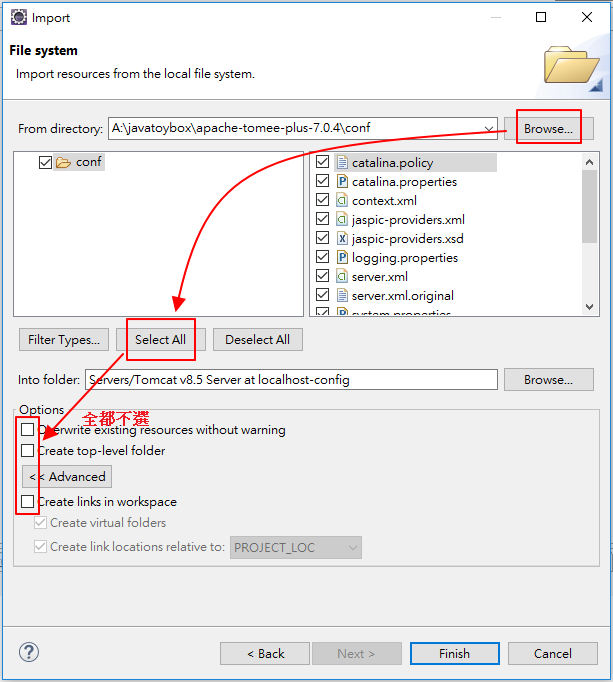

Eclipse is the open source IDE that many developers use for personal or commercial development alike. Ok at this stage you are ready to go with java installed. It will usually end up in your ‘Program Files’ directory if you are installing on windows.

Once you have signed up to oracle and downloaded java, run to install it in the usual place. For personal development, java is still free to download but after java 1.8 you must either use the openjdk version of java, or you can use Oracle java if you have purchased either support or an oracle production that includes java support in the license. Please note that the Oracle java licensing has changed in April. Download JavaĪs of writing the current version of java 1.8 is 212. This is how i usually setup my eclipse environment for java development. So how do you setup your IDE (Integrated Development Environment) for java development? This is my usual setup in terms of how I like things to be done.


 0 kommentar(er)
0 kommentar(er)
